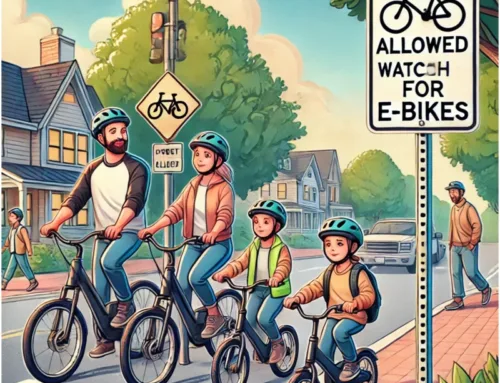As the end of daylight savings time (DST) approaches, many people look forward to gaining an extra hour of sleep. However, the shift back to standard time can have hidden dangers that go beyond the simple adjustment of clocks. These dangers, ranging from health impacts to safety risks, are worth considering as we prepare for the time change.
Disruption to Sleep Patterns
One of the most significant dangers of the time change is its effect on sleep patterns. While gaining an extra hour may seem beneficial, studies show that the transition can disrupt our internal body clocks, also known as circadian rhythms. This disruption can lead to increased difficulty falling asleep and staying asleep.
In fact, a study published by the National Institutes of Health found that the end of daylight savings time can lead to poor sleep quality and increased tiredness. This disruption can linger for several days as the body struggles to adjust to the change, leading to fatigue and impaired cognitive function. Sleep disruptions like these can also increase the risk of accidents at work or while driving.
Tips for Better Sleep After DST Ends:
- Gradually adjust your sleep schedule by going to bed 15-30 minutes earlier each night leading up to the time change
- Avoid caffeine and electronics close to bedtime
- Make sure your bedroom is dark and quiet to promote restful sleep
Increased Risk of Heart Problems
Another hidden danger of the end of daylight savings time is its impact on heart health. Research shows that shifts in sleep patterns and disruptions to the circadian rhythm can contribute to a higher risk of heart problems. In fact, a study from the American College of Cardiology found that heart attack rates increase by 24% in the days following daylight savings time shifts.
While the spring shift is often associated with more acute health risks, the fall transition still affects cardiovascular health due to disturbed sleep and reduced physical activity during darker days. It’s crucial to monitor any changes in health, particularly if you have preexisting heart conditions.
More Car Accidents on the Roads
When daylight savings time ends, we experience earlier sunsets, which can have a surprising impact on road safety. With fewer daylight hours, many people find themselves driving in the dark more often, leading to an increased risk of accidents.
Statistics from the National Highway Traffic Safety Administration show that fatal car accidents increase by 17% during the week following the end of daylight savings time. The combination of darker evenings and drowsy drivers creates a perfect storm for road mishaps.
How to Stay Safe on the Roads:
- Avoid driving if you feel fatigued or drowsy
- Use headlights earlier in the evening to enhance visibility
- Be extra cautious in areas with high pedestrian traffic, as it may be harder to see people crossing streets
Negative Impact on Mental Health
The end of daylight savings time also brings shorter days and longer nights, which can contribute to feelings of sadness, lethargy, and even depression. Seasonal Affective Disorder (SAD), a type of depression linked to the changing seasons, often worsens after the clocks turn back. With less exposure to natural sunlight, people are more prone to experiencing mood shifts and a general decrease in energy.
A report by the American Psychiatric Association shows that approximately 5% of adults in the United States experience symptoms of SAD, with symptoms typically starting in the fall and continuing through winter. Even for those who don’t suffer from SAD, the decrease in daylight can lead to feelings of irritability and anxiety.
Steps to Combat Seasonal Mood Shifts:
- Spend time outside during daylight hours, even if it’s just for a short walk
- Increase exposure to light indoors with lamps or light boxes designed to mimic sunlight
- Stay connected with friends and family to maintain emotional well-being
Increased Risk of Workplace Injuries
Fatigue, a disrupted sleep schedule, and reduced daylight can also increase the likelihood of workplace injuries. Employees in jobs that require physical labor or sharp mental focus may be at higher risk due to slower reaction times and impaired concentration. A study conducted by the National Safety Council found that workplace injuries rise by 6% following the end of daylight savings time.
It’s crucial for employers to be aware of these risks and implement strategies to keep workers safe. For example, adjusting shifts to allow for more daylight or offering resources to help employees cope with the time change can minimize the risk of accidents.
Stay Prepared for the End of Daylight Savings Time
The end of daylight savings time doesn’t have to cause you stress or anxiety. By staying informed and making small adjustments, you can navigate the time change safely.







